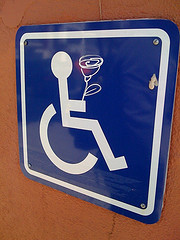Students with disabilities may be included in nonacademic activities

In October, 2010, the Minnesota Supreme Court ruled in favor of a 5th grade student at the Independent School District No. 12, Centennial. The young girl suffered from autism and Tourette’s syndrome. Her parents asked the school to provide services in order for her to play volleyball and participate in other after-school activities.
The school district responded by telling the parents that federal law didn’t require them to accommodate activities unrelated to a child’s “education.” Under the federal Individuals with Disabilities Education Act (IDEA) that calls for special education services in public schools, all qualifying students are interviewed. An Individual Education Program (IEP) is designed for each student. The IEP is a personalized plan detailing a disabled student’s unique educational needs and identifying necessary accommodations.
The girl’s parents appealed the district’s ruling and the Minnesota Department of Education agreed with the parents. The matter ended up in court and the state supreme court ruled that federal regulations “do not limit extracurricular and nonacademic activities included in an Individual Education Plan (IEP) to extracurricular and nonacademic activities required to educate a disabled student.” In other words, accommodations are to be made for all disabled students regardless of whether the activity is related strictly to academic pursuits.
The court held that “Requiring disabled students to prove an educational benefit, when nondisabled students need not, does not afford disabled students an equal opportunity to participate in extracurricular and nonacademic activities.”



